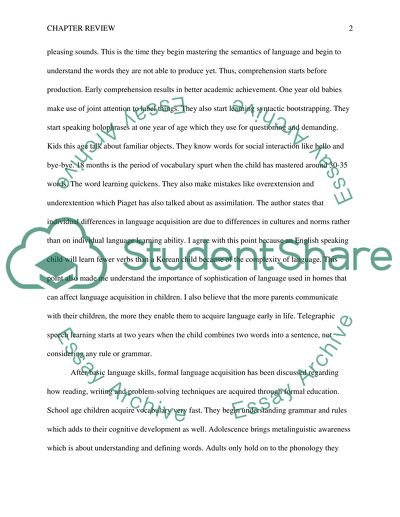Cite this document
(“Language and Education Book Report/Review Example | Topics and Well Written Essays - 1500 words”, n.d.)
Retrieved from https://studentshare.org/psychology/1433886-language-and-education
Retrieved from https://studentshare.org/psychology/1433886-language-and-education
(Language and Education Book Report/Review Example | Topics and Well Written Essays - 1500 Words)
https://studentshare.org/psychology/1433886-language-and-education.
https://studentshare.org/psychology/1433886-language-and-education.
“Language and Education Book Report/Review Example | Topics and Well Written Essays - 1500 Words”, n.d. https://studentshare.org/psychology/1433886-language-and-education.


